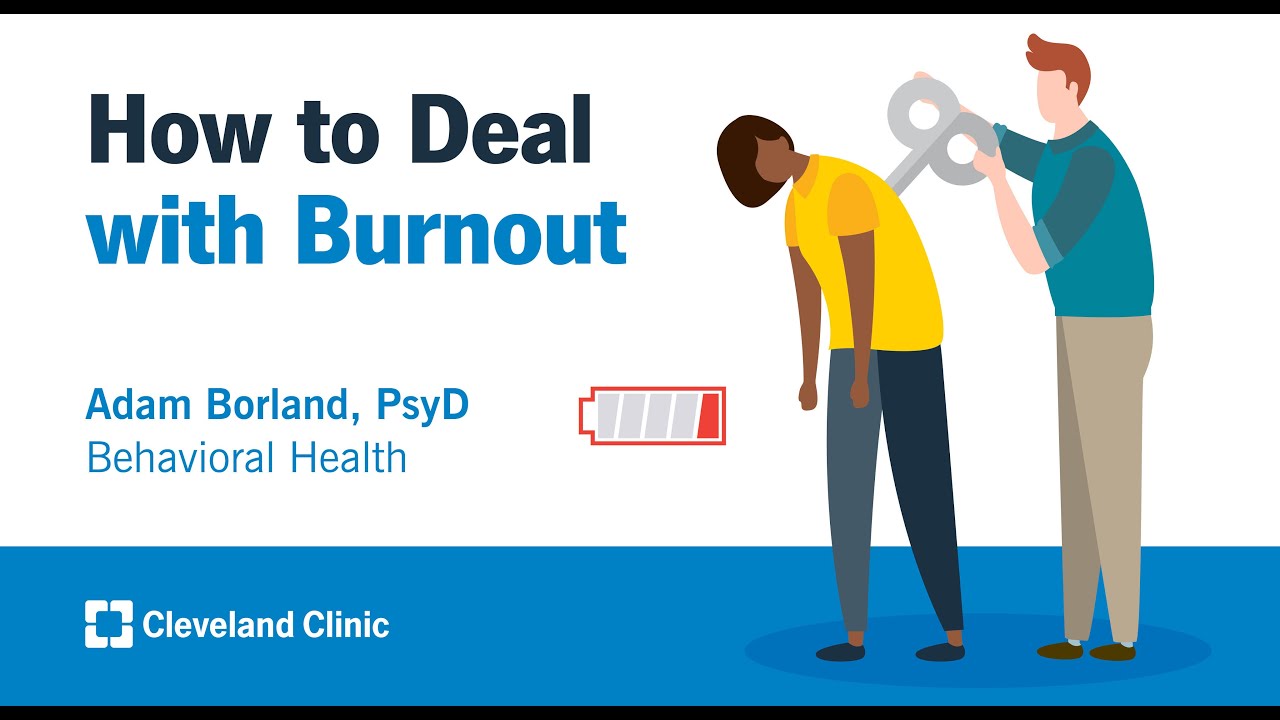Avoid The Toxic 5 If You Have Long COVID with Dr. Evan Hirsch
Summary
TLDRIn this episode of the Energy Blueprint podcast, host Ari Whitten interviews Dr. Evan Hirsch, an expert in chronic fatigue and the creator of the Energy MD Method. They discuss the evolution of Dr. Hirsch's approach to treating chronic fatigue, ME/CFS, and Long COVID, emphasizing the importance of addressing the 'toxic five': heavy metals, chemicals, molds, infections, and nervous system dysfunction. The conversation also touches on the role of brain retraining, the challenges of testing for these conditions, and the significance of lifestyle factors in recovery.
Takeaways
- 🧠 Dr. Evan Hirsch discusses the importance of addressing the 'toxic five' in treating chronic fatigue: heavy metals, chemicals, molds, infections, and nervous system dysfunction or trauma.
- 🔬 Initially focusing on deficiencies and toxicities, Dr. Hirsch has shifted towards recognizing the root causes and their interplay, rather than isolated treatment.
- 🌐 The 'toxic five' are seen as interconnected, where addressing one aspect, like mold, can release other toxins, necessitating a holistic treatment approach.
- 💡 Dr. Hirsch emphasizes the significance of nervous system dysfunction in chronic fatigue, advocating for brain retraining as a critical component of recovery.
- 📉 He has moved towards simplifyifying treatment, focusing on what's most impactful for the patient and reducing reliance on extensive testing.
- 🩺 The role of chronic infections in ME/CFS is acknowledged, but Dr. Hirsch notes their connection to other toxins, suggesting a complex relationship.
- 🏠 Mold exposure is often linked to home environments, with testing recommended to ensure a non-toxic living situation for recovery.
- 🌿 For removing toxins, natural binders like bentonite clay, activated charcoal, chlorella, and cilantro are used, moving away from aggressive chelation therapies.
- 🧪 Dr. Hirsch critiques the over-reliance on lab tests, advocating for a return to clinical judgment based on history and symptoms due to the imperfections in testing.
- 💉 Long COVID is compared to ME/CFS, with treatments focusing on similar detoxification and nervous system retraining strategies, along with addressing viral persistence.
Q & A
What are the 'toxic five' that Dr. Evan Hirsch discusses in the podcast?
-The 'toxic five' refers to a combination of heavy metals, chemicals, molds, infections, and nervous system dysfunction or trauma, which Dr. Hirsch identifies as the most significant contributors to chronic fatigue and related conditions.
How has Dr. Hirsch's approach to treating chronic fatigue changed over the years?
-Initially, Dr. Hirsch focused on identifying all possible causes of an individual's condition. Over time, he realized that not all causes carry equal weight and has since focused more on the 'toxic five' and simplifying treatment approaches.
Why does Dr. Hirsch emphasize the importance of nervous system dysfunction in chronic fatigue?
-Dr. Hirsch emphasizes nervous system dysfunction because it can lead to immune system dysfunction, which in turn affects the body's ability to address infections and other toxicities. He has incorporated brain retraining and nervous system retraining techniques into his treatment approach.
What is the significance of treating chronic infections in the context of chronic fatigue?
-Chronic infections are significant because they can interact with heavy metals, chemicals, and molds, creating a 'toxic ball' that feeds off each other and complicates treatment. Addressing one without the others can lead to the release of other toxins, potentially worsening symptoms.
How does Dr. Hirsch view the role of testing in treating chronic fatigue?
-Dr. Hirsch has moved towards treating the 'toxic five' without extensive testing, as he found that most patients had all or most of these issues. He now focuses on treatment and uses testing later to assess progress, reducing costs and complexity for patients.
What is the connection between mold exposure and chronic fatigue according to Dr. Hirsch?
-Mold exposure is often linked to chronic fatigue because mold toxins can be stored in body tissues and organs, causing a range of symptoms. Dr. Hirsch recommends testing to ensure patients are not living in moldy environments and uses binders to help remove mold toxins from the body.
What are some of the binders Dr. Hirsch uses to treat mold and heavy metal toxicity?
-Dr. Hirsch uses binders such as bentonite clay, activated charcoal, chlorella, humic and folic acid, and zeolite to treat mold and heavy metal toxicity. These binders help to remove toxins from the body through excretion.
How does Dr. Hirsch approach the treatment of long COVID?
-Dr. Hirsch treats long COVID by addressing the same underlying issues as chronic fatigue syndrome, such as heavy metals, chemicals, molds, infections, and nervous system dysfunction. He also incorporates natural antivirals and other treatments to target the SARS-CoV-2 virus and spike protein.
What is the role of brain retraining in Dr. Hirsch's treatment approach?
-Brain retraining plays a significant role in Dr. Hirsch's approach by helping patients move into a parasympathetic state, which is more conducive to healing. Techniques such as mindfulness, breath work, and cognitive therapy are used to retrain the nervous system and improve recovery.
How does Dr. Hirsch integrate brain retraining into his treatment program?
-Dr. Hirsch integrates brain retraining into his program by introducing it either at the beginning for sensitive patients or around three to six months into the treatment for others. The goal is to help patients manage their thoughts and emotions better, which supports their overall healing process.
Outlines

此内容仅限付费用户访问。 请升级后访问。
立即升级Mindmap

此内容仅限付费用户访问。 请升级后访问。
立即升级Keywords

此内容仅限付费用户访问。 请升级后访问。
立即升级Highlights

此内容仅限付费用户访问。 请升级后访问。
立即升级Transcripts

此内容仅限付费用户访问。 请升级后访问。
立即升级浏览更多相关视频

Mitochondria, Cell Danger Response, Antioxidant Myths, and more with Ari Whitten

4 Natural Ways To Stop Eye Disease & Improve Vision | Dr. Sam Berne

☀️ How To Prevent Tooth Decay (2024)

How to Deal with Burnout | Adam Borland, PsyD

Podcast bersama Prof. Dr. Siti Harnina Bintari, M.S.

The Eczema Podcast S1E8: Healing Eczema, Root Causes & Eczema in Children with Dr. Jason Lee
5.0 / 5 (0 votes)
